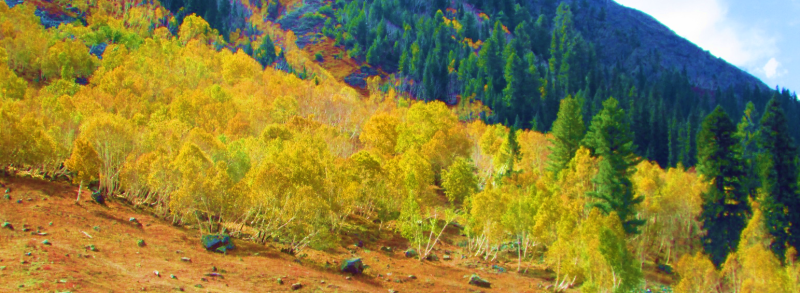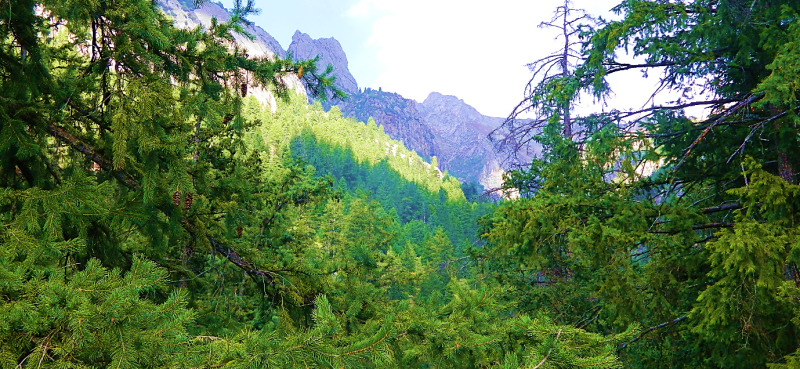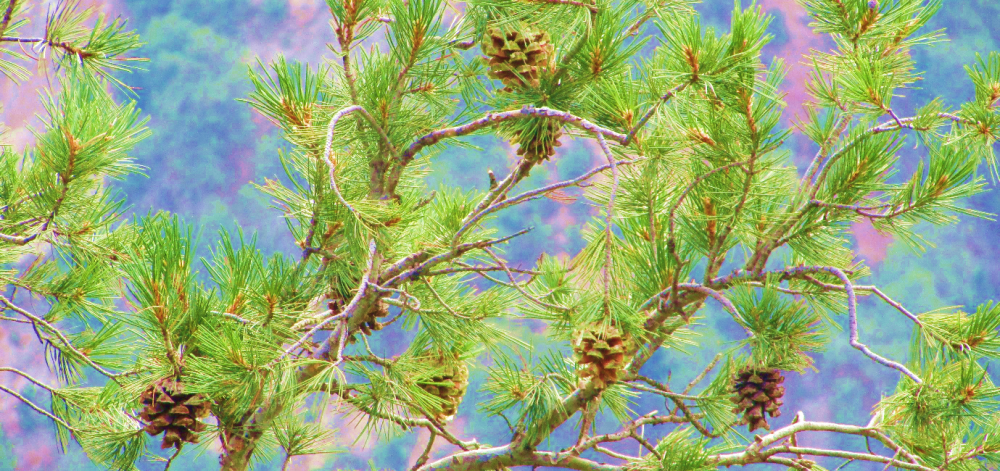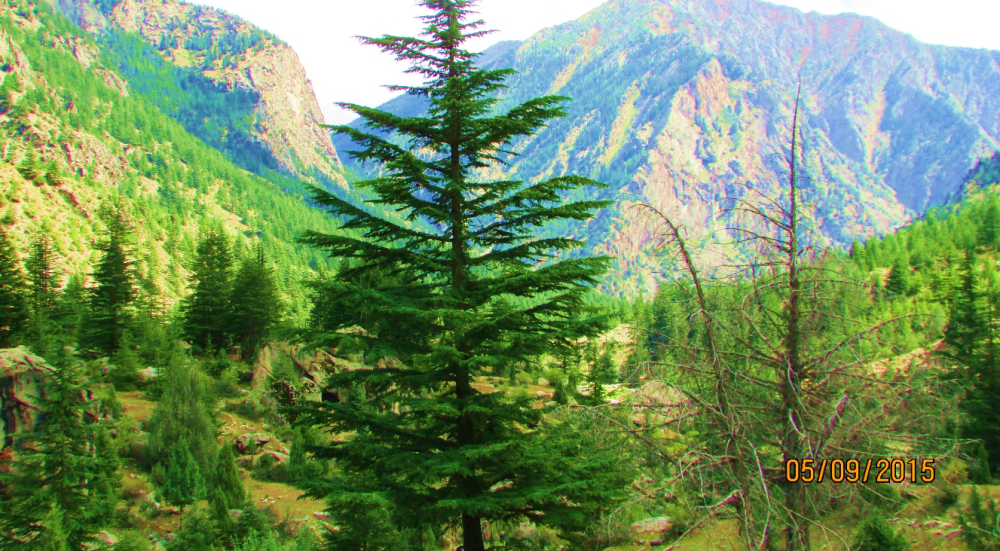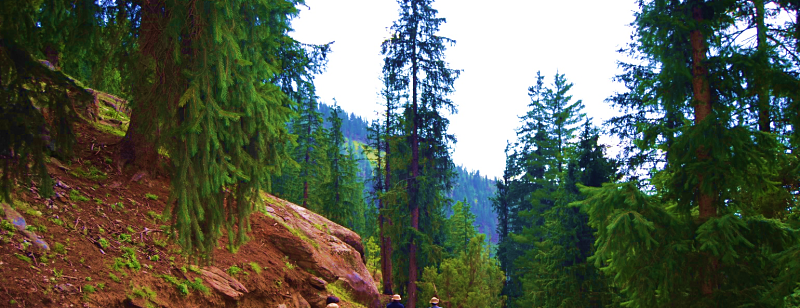Common name: Juniper
Local name: Chili, Gal
Description
“Habit: tree, occasionally a shrub or a prostrate shrub, max. height 20-25 m, dbh 1.5-2.5 m or more, usually monopodial in tree forms; branches of first-order spreading or ascending, crooked in old trees: branches of higher orders more or less ascending in young trees, spreading and finally somewhat pendulous in old trees; crown (broad) pyramidal in young trees, mature trees broad, irregular, or shrub-like to prostrate in alpine locations; bark (young trees, branches) smooth, soon with papery flakes, reddish-brown, later fibrous, on old trees longitudinally furrowed, peeling in long strips, purplish-to reddish-brown. Foliage: branchlets numerous, in dorsiventral sprays (young trees) or more irregular and very dense esp. in a dry environment; ultimate branchlets covered with leaves, quadrangular to more or less terete, very fine, diam. 0.7-1 mm, persistent. Leaves: Juvenile leaves on seedlings or on lower, shaded branches of trees, ternate, acicular, c. 8-10 x l mm, widest at the base, keeled, pungent; mature leaves scale-like, decussate, imbricate, appressed or free at the mostly incurved apex, decurrent at the base, ovate-rhombic on ultimate branchlets, (ob)lanceolate-acute on older shoots (-3.5 mm long), 0.6-1.1 x 0.4-0.8 mm, with entire margins; glands large and conspicuous, elliptic to nearly circular, often resinous; stomata on juvenile leaves epistomatic, on mature leaves amphistomatic in mostly 2 inconspicuous lines tapering from base to apex; color light green or yellowish-green; in juvenile as well as in mature leaves a single median resin cavity occurs. Male strobili: numerous, solitary and terminal or subterminal on ultimate branchlets, 3-4 x 2-3 mm, greenish maturing yellowish; microsporophylls 8-10, peltate with rounded, thin margins, each bearing 3-4 pollen sacs. Female cones: numerous, mostly solitary and axillary, subterminal on ultimate branchlets, sessile; young strobili stellate-spheroid. surrounded by green leaves or bracts, 2-3 mm diam., purplish-green to blue; mature cones globose, l mm diam., purplish-brown to blackish-purple, often pruinose; seed scales 4(-6), decussate, entirely fused with bracts and each other, the two largest meeting at the distal pole of the cone, 4-9 mm long, surface smooth, waxy, with a ridge terminating in a small umbo (0.5-0.6 mm), interior resinous, becoming woody, yellowish (in sicco). Seeds: (2-)3-6(-8) per cone (some ovules usually abort), angular, broadest at the base, ovoid but flattened or curved, 4-6 x 3-4 mm, yellowish to reddish-brown.
“Juniperus excelsa subsp. polycarpous differs from the typical subspecies in the following characters: Ultimate branchlets more quadrangular, thicker (1-1.3 mm), often irregularly disposed and intricate, leaves on ultimate branchlets sometimes free at apex, larger (1.2-1.6 x 0.8-0.9 mm); female cones similar to the typical subspecies but with on average fewer seeds (2-)3-4(-6) and sometimes larger (diam. up to 14 mm in e.g. R. Dunckelman 46 from Gardez, Afghanistan), more variable in size.” (Farjon 1992).
Distribution and Ecology
Sparsely located throughout Gilgit-Baltistan. Albania, Yugoslavia (Macedonia), Greece (Macedonia, Thraki and Euboea), S Bulgaria, Turkey (Anatolia and eastward to Armenia), Cyprus, Syria, Lebanon, Georgia, Armenia, Azerbaijan, Iran (Elburz Mts.) to near Ashkhabad (Kopet Mts.) in Turkmenia, Afghanistan, Pakistan (Baluchistan), Tadzhikistan, Uzbekistan, and India (Himachal Pradesh) (Farjon 1992). Hardy to Zone 6 (cold hardiness limit between -23.2°C and -17.8°C) (Bannister and Neuner 2001).


